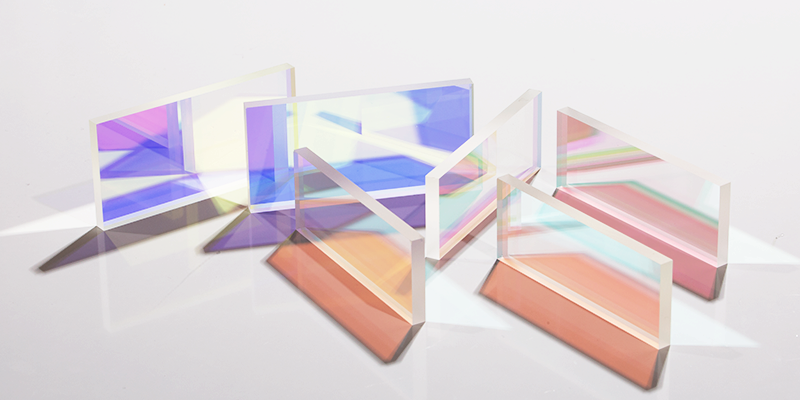Optical filters are indispensable components in optical systems, used to select light of a specific wavelength or block unwanted light. Among the performance parameters of filters, cut-off depth (Optical Density, OD value) is a crucial indicator, which directly determines the filter’s ability to block non-target light. This article will introduce the cut-off depth OD value and its grade of optical filters.

1.What is optical cut-off depth (OD value)?
Optical cut-off depth (Optical Density, OD value) is a logarithmic scale parameter that measures the light blocking ability of filters. It indicates the degree of attenuation of the filter to a specific wavelength of light. The higher the OD value, the stronger the filter’s ability to block light of that wavelength.
1.Definition of OD value
The calculation formula of OD value is:

Where:
I0 is the incident light intensity,
I is the transmitted light intensity.
For example, an OD value of 3 means that the transmitted light intensity is one thousandth of the incident light intensity (10^-3).

2.The meaning of OD value
The higher the OD value, the stronger the light blocking ability of the filter.
The OD value is usually used to describe the performance of the filter in the cut-off band (i.e. the wavelength range that needs to be blocked).
- OD value level and its application
According to the size of the OD value, the cutoff depth of the filter can be divided into multiple levels, and filters of different levels are suitable for different application scenarios. - OD1-OD2 (low cutoff depth): OD value range 1-2, that is, transmittance 10% to 1% application scenario is used in occasions where light blocking is not required, such as simple light intensity regulation, low-cost optical system.
- OD3-OD4 (medium cutoff depth): OD value range 3-4, that is, transmittance 0.1% to 0.01%, used in excitation filters and emission filters in fluorescence microscopes and background light suppression in spectral analysis instruments.
- OD5-OD6 (high cutoff depth): OD value range 5-6, that is, transmittance 0.001% to 0.0001%, used in high-sensitivity detection systems, such as laser protective glasses; high-precision spectral measurement, such as Raman spectrometers.
- OD7 and above (ultra-high cut-off depth): OD value range ≥ 7, that is, transmittance ≤ 0.00001%, application scenarios are light blocking in extreme environments, such as high-power laser protection, and ultra-high precision optical experiments, such as quantum optics research.

3. Relationship between OD value and filter performance
OD value not only reflects the cut-off depth of the filter, but is also closely related to its spectral characteristics and application performance.
- Spectral characteristics
Cut-off band: OD value describes the light blocking ability of the filter in the cut-off band.
Passband: Within the passband range, the filter should have high transmittance (low OD value). - Application performance
Signal-to-noise ratio (SNR): High OD value filters can effectively reduce background noise and improve signal-to-noise ratio.
Detection sensitivity: In fluorescence detection and spectral analysis, high OD value filters can improve detection sensitivity.
4. How to choose a suitable OD value?
When selecting the OD value of the filter, the following factors should be considered:
- Application requirements: If you need to block stray light efficiently, choose a high OD value filter; if you do not have high requirements for light blocking, choose a low OD value filter to reduce costs.
- Light source intensity: For strong light sources (such as lasers), choose a high OD value filter to ensure safety. For weak light sources, a medium OD value filter can meet the needs.
- System performance: In high-sensitivity detection systems, choose a high OD value filter to improve the signal-to-noise ratio. In low-cost systems, choose an appropriate OD value to balance performance and cost.
Summarize
Optical cutoff depth (OD value) is a key indicator to measure filter performance and directly determines the filter’s ability to block non-target light. According to the different OD values, filters can be divided into low, medium, high and ultra-high cutoff depth levels, which are suitable for different application scenarios. Correctly selecting the OD value can significantly improve the performance and reliability of the optical system







